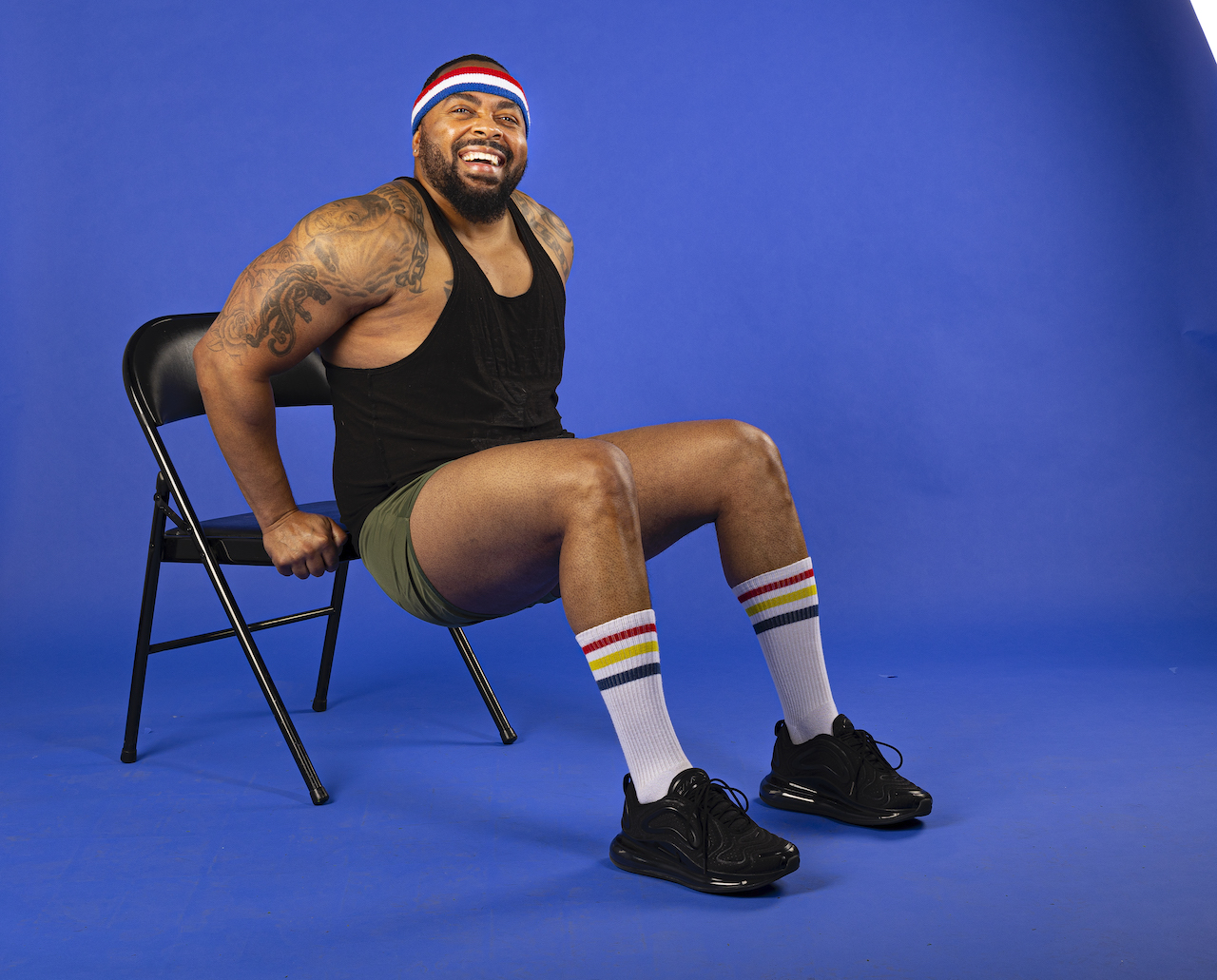Why body weight training is rising in popularity

Who needs those dumbbells, anyway? Body weight training became popular in gyms globally within the last decade, according to ACSM. The exercise ranked third in ACSM’s 2021 report of the top trending exercises around the world, compared to last year’s seventh place.
Julie Wilkes, CEO of Seven Studios, said your own body is the only thing required for this fitness party.
“You’re literally using your body as your equipment,” Wilkes said.
BROUGHT TO YOU BY
Isometric body weight training features no movement with lots of resistance, Wilkes said. The goal is to put your muscles under resistance—think plank holds, for example. This type of exercise is most commonly associated with developing balance, stability, and strength, and it helps you get that lean muscle tone. It’s also a bit gentler on the body.
Isotonic body weight training, in contrast, involves putting constant weight or tension on your muscles while you move your joints through their full range of motion—think squats or lunges. Doing exercises like these helps you develop strength and support through your joints and improves your ability to move. You’re also getting a bit of a cardiovascular challenge in addition to the strength training.
Regardless of which type of body weight training you’re doing, it’s important to pay attention to your body. Joints should line up with other joints, Wilkes said. If you’re doing a pushup, that means your shoulders should be in line with your wrists. If you’re squatting, get those knees in line with your ankles.
The best part? These exercises can be done in 10-minute sets throughout the day, making them super easy to fit into a busy schedule.
As part of the cover section in 614 Magazine’s April issue, we took a look at the top exercises from around the world, as listed in ACSM Health & Fitness Journal’s 2021 survey of worldwide fitness trends. To learn more about the fourth most popular exercise trend for 2021, click here.
BROUGHT TO YOU BY



